Archaeology students from Bournemouth University have unearthed a Bronze Age burial site during their excavation at a prehistoric settlement in Dorset.
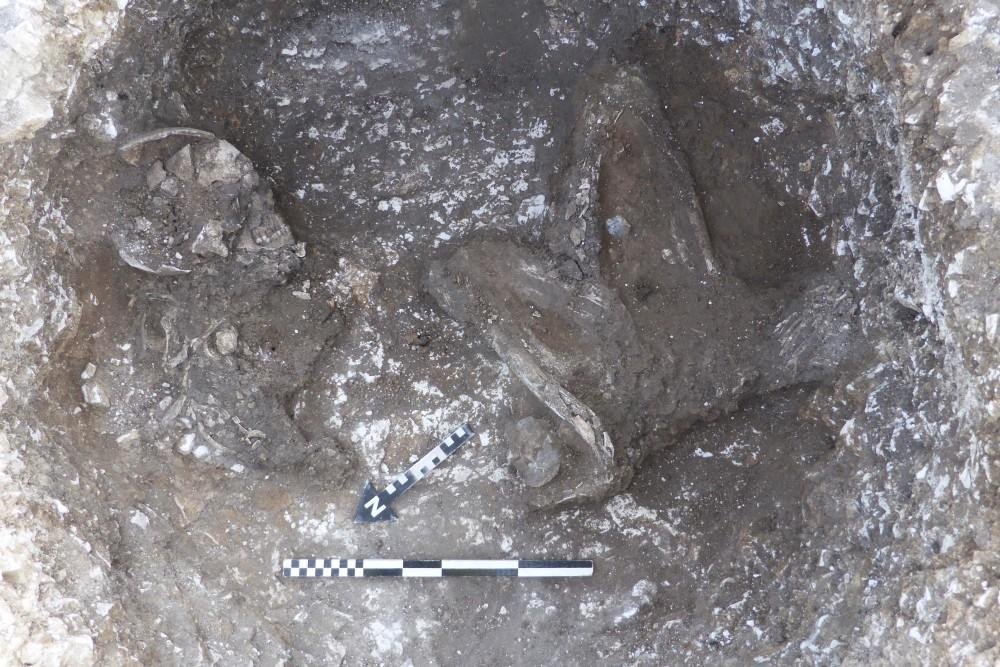
The site, located in Winterborne Kingston, has been the focus of Bournemouth University’s Department of Archaeology and Anthropology for nearly fifteen years, during which they uncovered settlements from the Iron Age.
However, this year marked the first time that Bronze Age remains were found on the site.
The discovery includes the burial of an adult male in a tightly packed grave alongside collared urns, indicating the transition from the Neolithic period to the Early Bronze Age, making it approximately 4000 years old.
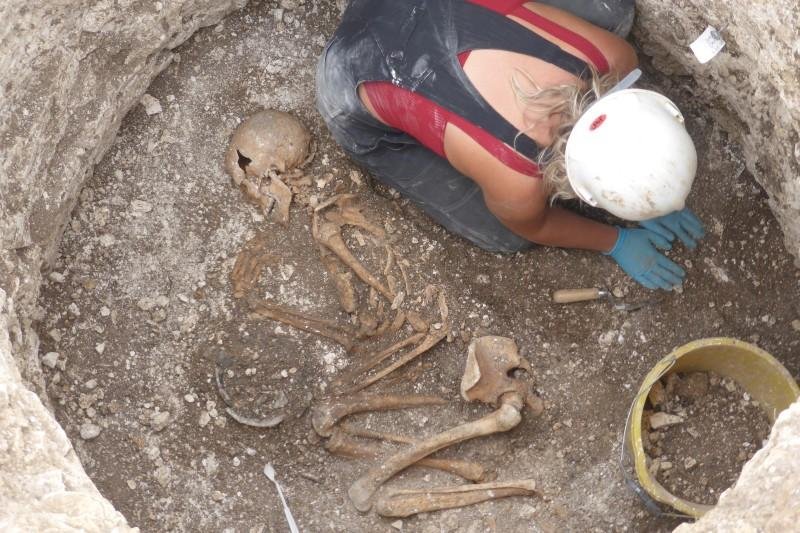
This finding suggests that the area has been inhabited for a substantial period, with evidence of farming, crop cultivation, and burial practices dating back at least four millennia before the arrival of the Romans.
The remains were found in a crouched position, consistent with the burial practices of the Bronze Age, where people were mummified and kept above ground before being interred in shallow pits.
Alongside the human remains, the team also unearthed bones from animals like cattle, horse, piglets, and goats, discovered in ancient storage pits.
Dr. Miles Russell, Senior Lecturer in Archaeology and Head of Fieldwork at Bournemouth University, believes that some of these animal parts may have served as offerings to the gods and goddesses of the community, in return for fertility and successful crops.
Apart from the skeletal findings, the excavation also revealed various everyday objects used by the Durotriges tribe, who inhabited the settlements during the Iron Age, such as ceramic pots, jewelry, and workers’ tools like weaving combs made from deer antlers. These discoveries are contributing to the rewriting of British prehistory.
Dr. Russell emphasized the significance of this site in shedding light on life before the Roman invasion, stating that in many parts of the country, skeletal remains from that era are scarce.
However, in Dorset, prehistoric communities carefully buried their dead in defined graves, allowing for a deeper understanding of their diet, lineage, and migration patterns.
The team, comprised of 110 students, staff, and volunteers from Bournemouth University, has been conducting extensive surveys in the surrounding areas, and they plan to return to Winterborne Kingston for further excavations in the future.
In particular, the recent discoveries in the Iron Age settlement are proving valuable in understanding the religious practices of the community at that time. Animal remains found in the pits, which could have provided weeks of food for the settlement, were buried as significant sacrifices to the gods.
Some of these burials displayed peculiar arrangements, such as a cow’s head placed atop the body of a sheep, offering a fascinating glimpse into the belief systems of the period.
The archaeological findings also include a copper alloy ring discovered on a finger in one of the associated burials, a rare and exciting find from this era.
The excavation will continue for another week, with the human remains scheduled for analysis at Bournemouth University before being reinterred.
The team’s ongoing surveys and scans in East Dorset aim to uncover further settlement activity, offering more insights into pre-Roman Britain and its ancient inhabitants.



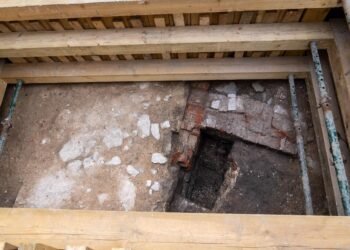

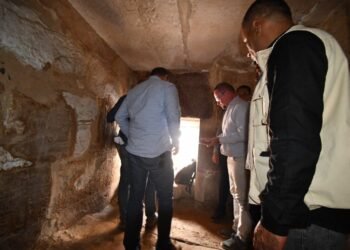
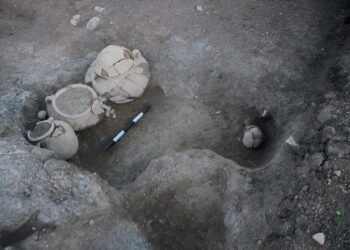
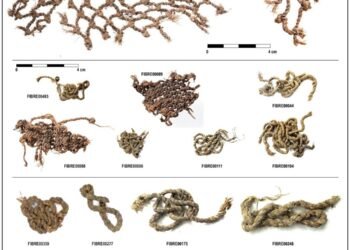
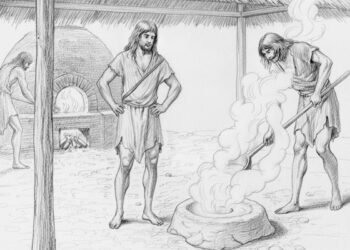














Ok